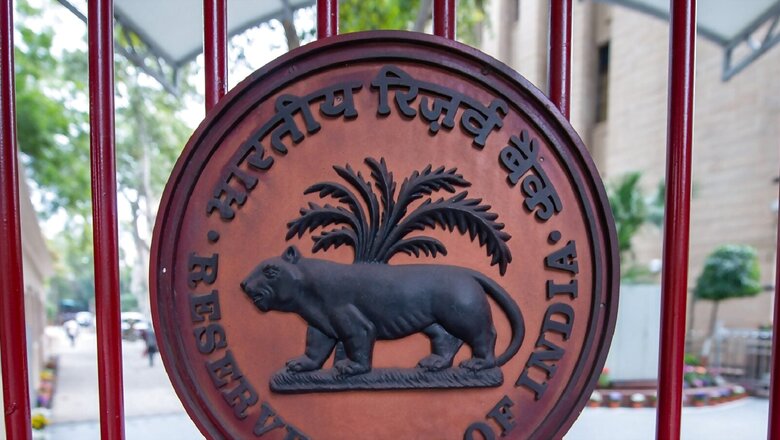
views
The Reserve Bank of India (RBI) will roll out the digital rupee — the Central Bank Digital Currency (CBDC) — today (1 November). “…the first pilot in the Digital Rupee – Wholesale segment shall commence on November 1, 2022,” the RBI said in a statement on ‘Operationalisation of Central Bank Digital Currency-Wholesale (e ₹-W) Pilot’.
The pilot will see nine banks, including SBI, Bank of Baroda, HDFC Bank, Yes Bank, Kotak Mahindra Bank and ICICI Bank, settling secondary market transactions in government securities.
It also announced that the first pilot in Digital Rupee – Retail segment is planned for launch within a month in select locations in closed user groups comprising customers and merchants.
What is CBDC?
The RBI explains CBDC as legal tender issued by a central bank in a digital form. “It is the same as a fiat currency and is exchangeable one-to-one with the fiat currency. Only its form is different,” writes the RBI on its website.
In simple terms, the CBDC is basically the digital version (in an electronic form) of fiat currencies, for India that would be its domestic currency rupee.
Explaining the difference between a digital rupee and using a mobile wallet, a government source was quoted as saying, “In the case of a digital rupee instead of holding a note you will be holding a digital currency in your phone and it would be with the central bank and from there it would be transferred to any merchant. It is fully backed by the sovereign.
The RBI explained that it would appear as liability (currency in circulation) on a central bank’s balance sheet.
Though the idea of a CBDC is inspired by Bitcoin, they are different from crypto assets, which do not possess ‘legal tender’ status and are not issued by the state.
Can it be Exchanged for Fiat Currency?
Yes, it can be one-for-one as it is a digital form of fiat currency, i.e. the Indian rupee.
Who Has Access to Digital Currency?
It will be initially available for the wholesale segment and extended to the retail category in a month. According to RBI, a pilot project for retail e-rupee will start within a month in select locations in closed user groups.
Why is it Being Launched?
Going forward, future pilots will focus on wholesale transactions and cross-border payments based on the pilot’s learnings. Settlement in central bank money would reduce transaction costs.
What are the Expectations of RBI?
According to the RBI, using the digital rupee in the wholesale segment is expected to make the interbank market more efficient.
How is it Different from Cryptocurrency?
CBDC is a digital or virtual currency, but it is not comparable to the private virtual currencies or cryptocurrencies that have mushroomed over the last decade. Private virtual currencies do not represent any person’s debt or liabilities as no issuer exists.
The government has already said that private cryptocurrencies will never be legal tender. The RBI has been strongly opposing private cryptocurrencies as they could have implications on national security and financial stability. This is not the case with digital currency.
Read all the Latest Business News here




















Comments
0 comment